Each round that struck the improvised armor plate delivered a massive punch to Neds head or torso.
When he was finally subdued it was found that Kelly had suffered more than 20 wounds.
Even so, he survived to be tried and then hanged for his crimes.
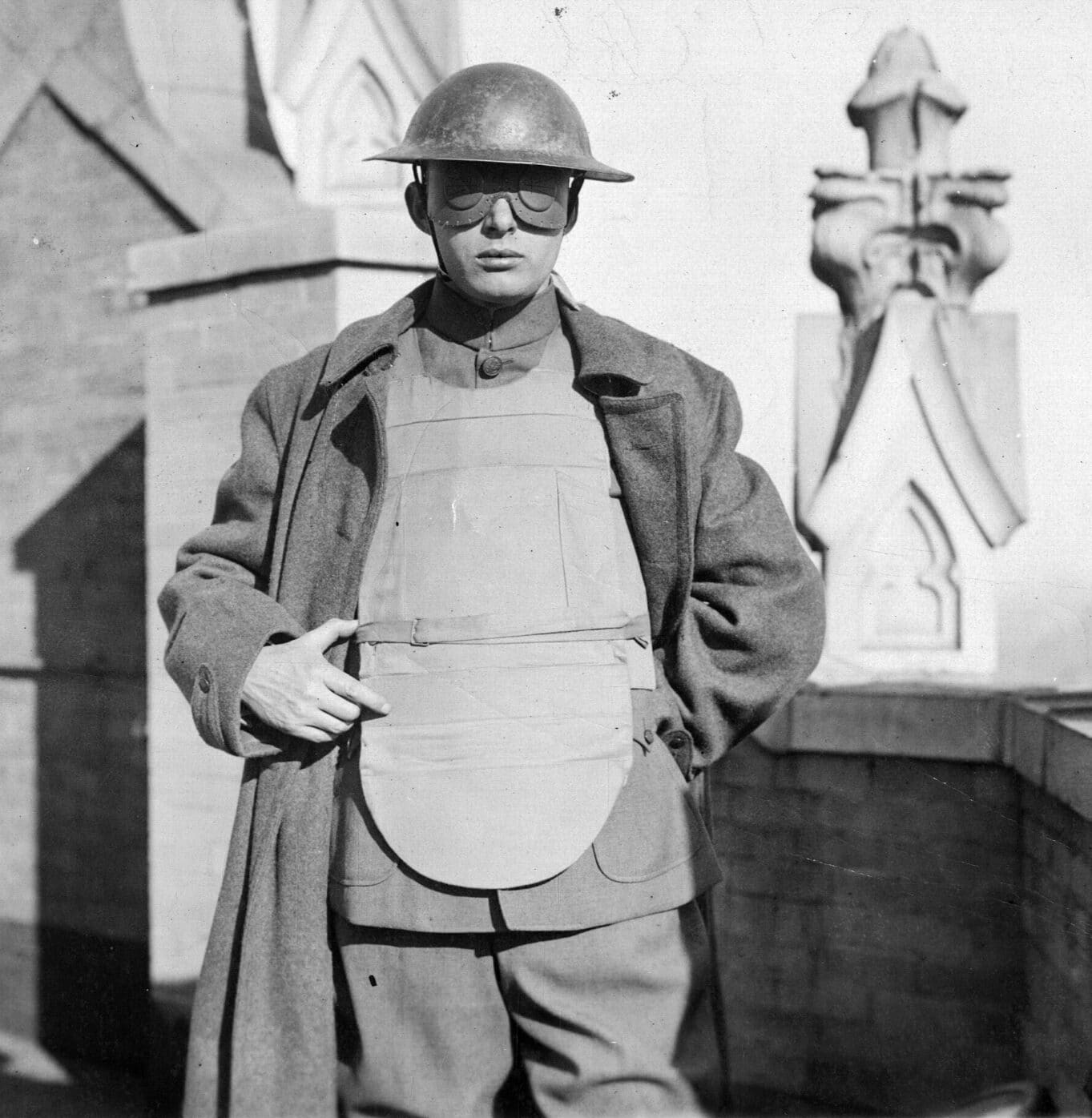
This U.S. body armor shield was designed by Hamilton De Forest of New York. It bears a passing resemblance to modern bulletproof vests. It was one of the most lightweight WWI designs. Image: NARA
His body armor became an instant legend and was the subject of much discussion in international military circles.
The medieval concept of body armor had been reborn in the modern world.
Kellys body armor was crude, but nonetheless ingenious.
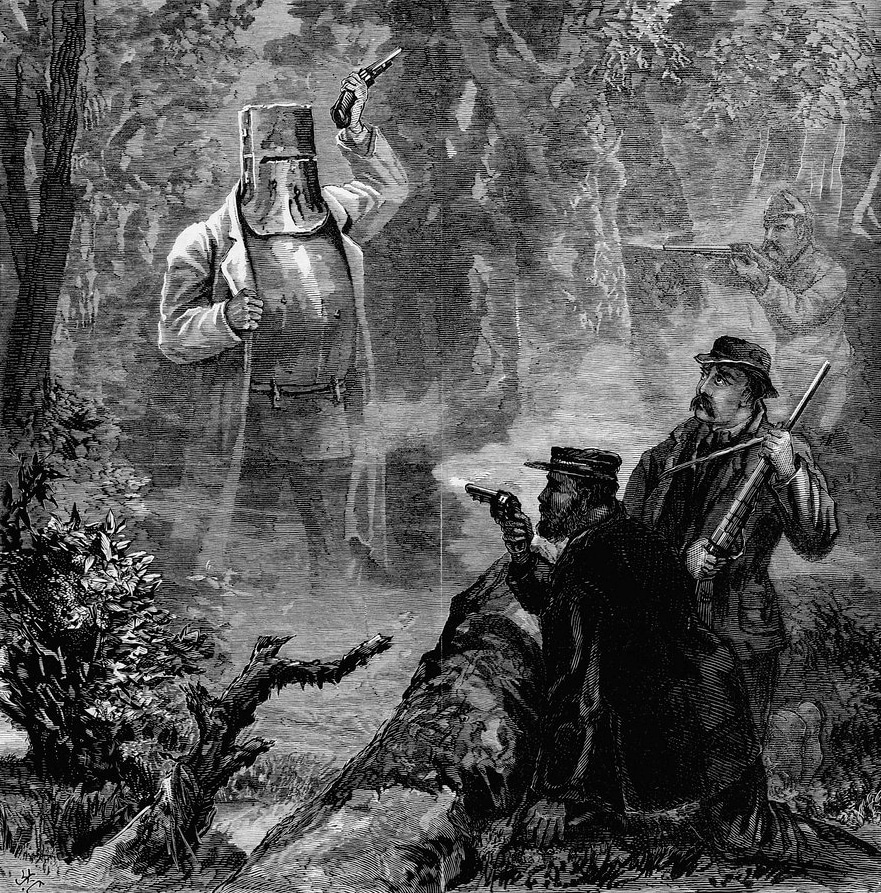
Body armor becomes part of the military discussion due to the criminal Ned Kelly. “Ned Kelly’s Last Stand” by James Waltham Curtis, circa 1880. Via the Library of Victoria, Australia
The hits to the armor caused significant bruising and lacerations, as well as concussive effects.
Despite this, Kelly was able to stay in the close-range fight for a surprising length of time.
Did WWI Soldiers Wear Body Armor?
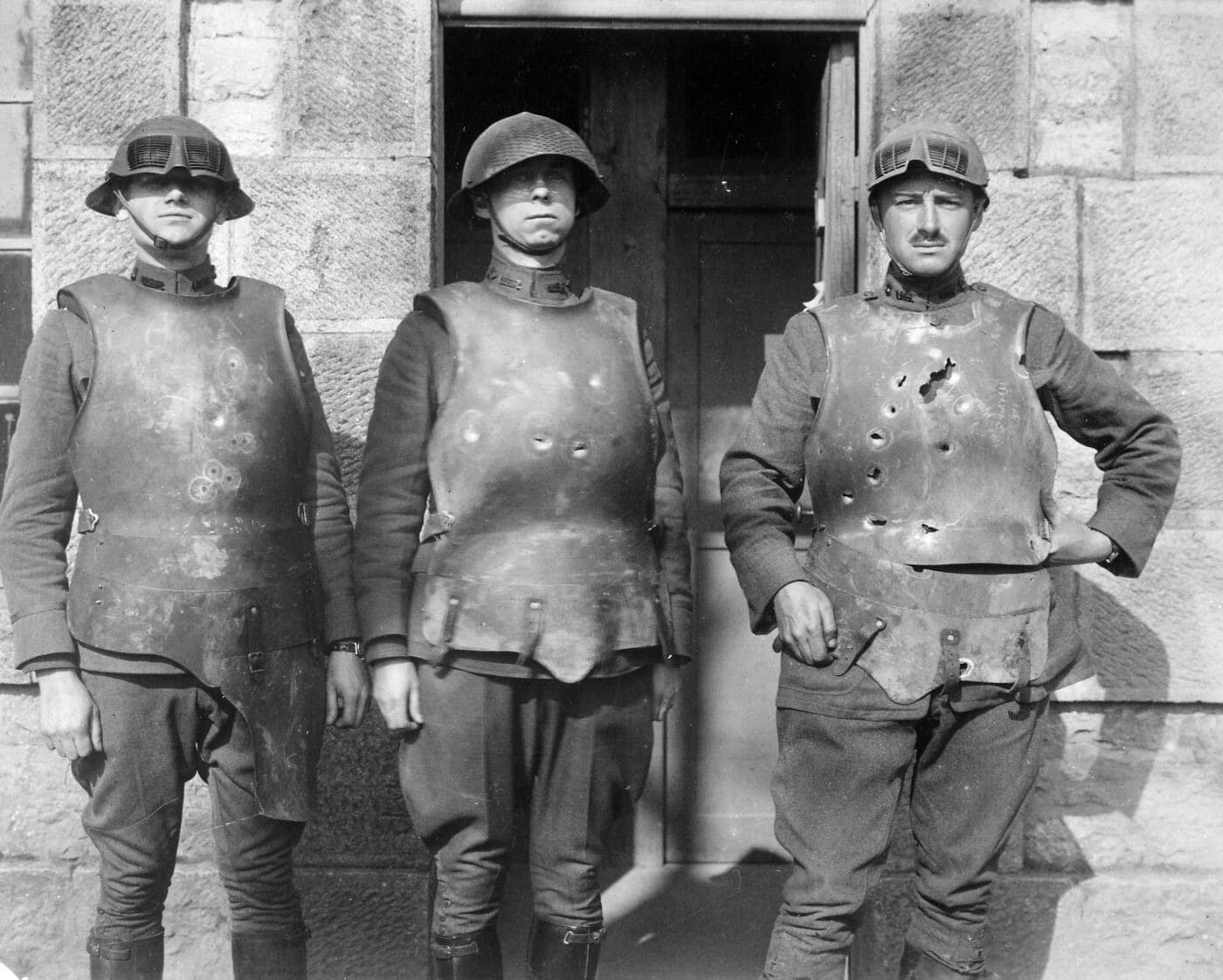
US troops testing various styles of body armor including German armor worn by the man at the right. Note the French “Polack visors” on the experimental helmets worn at left and right. Image: NARA
A variety of plate and other armors were used in World War I.
The rapid advances of military science in the late 19thcentury included a new look at body armor.
But there is always a cost, and with body armor it is measured in pounds.
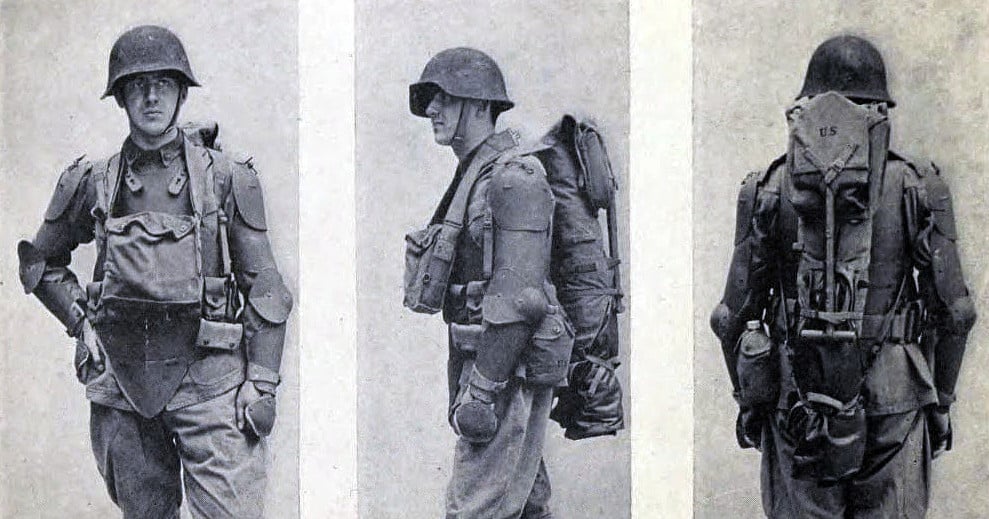
A U.S. soldier demonstrates the American light body armor that includes shoulder-arm-hand protection. The soldier wears the U.S. experimental helmet No. 5. Image: Author’s collection
It is a frustrating equation: the greater the protection, the greater the weight.
Too much weight and the infantryman turns into more of a statue than a soldier.
Not enough protection and the body armor idea becomes a pointless exercise.
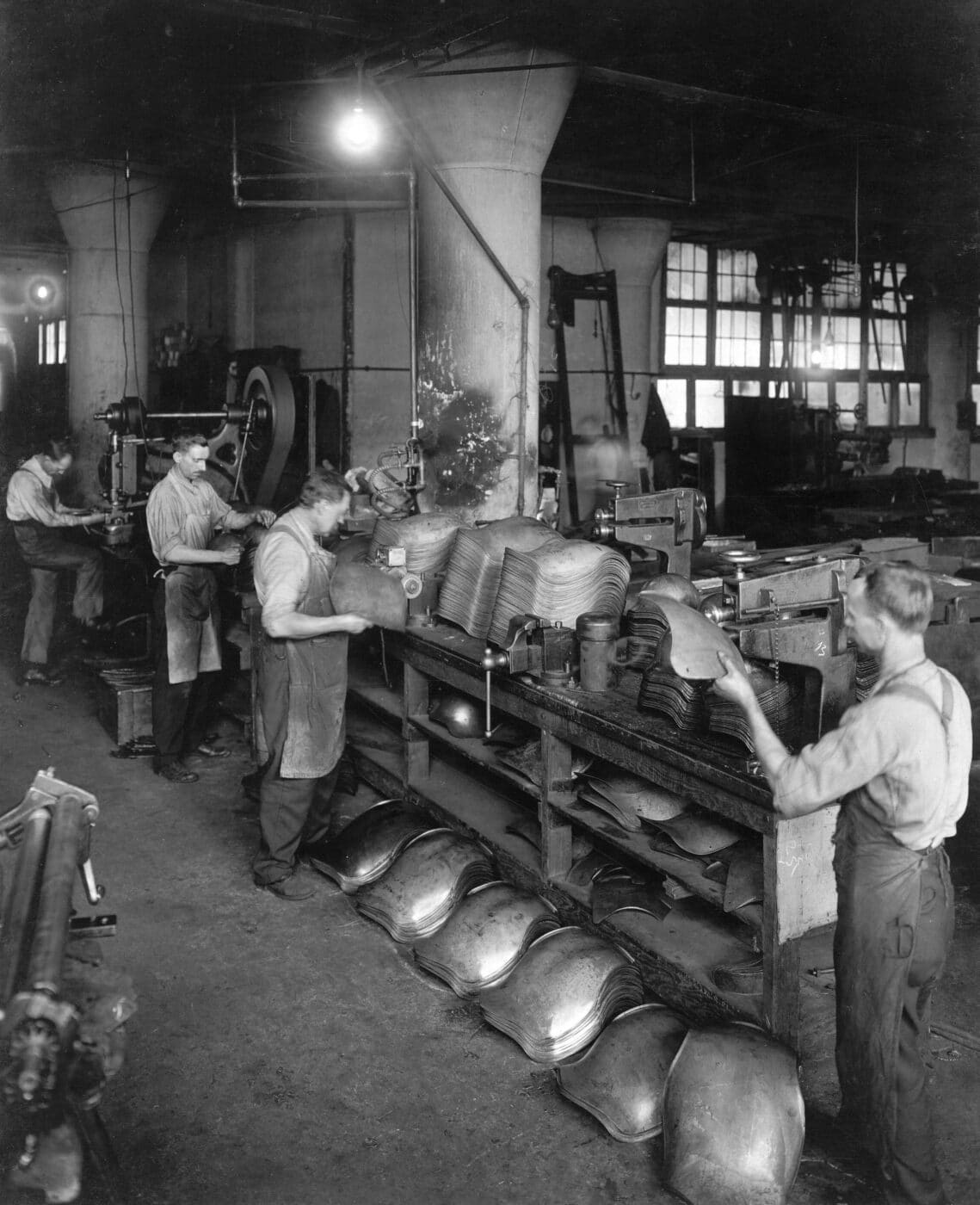
Body armor plates under construction at Hale & Kilburn during 1918. Apparently, a large amount of the protective gear was made, but not issued to combat troops. Image: NARA
When World War I raged, artillery and machine guns would do the overwhelming amount of the killing.
Some saw body armor as a smart way to minimize casualties.
Choosing Risk?
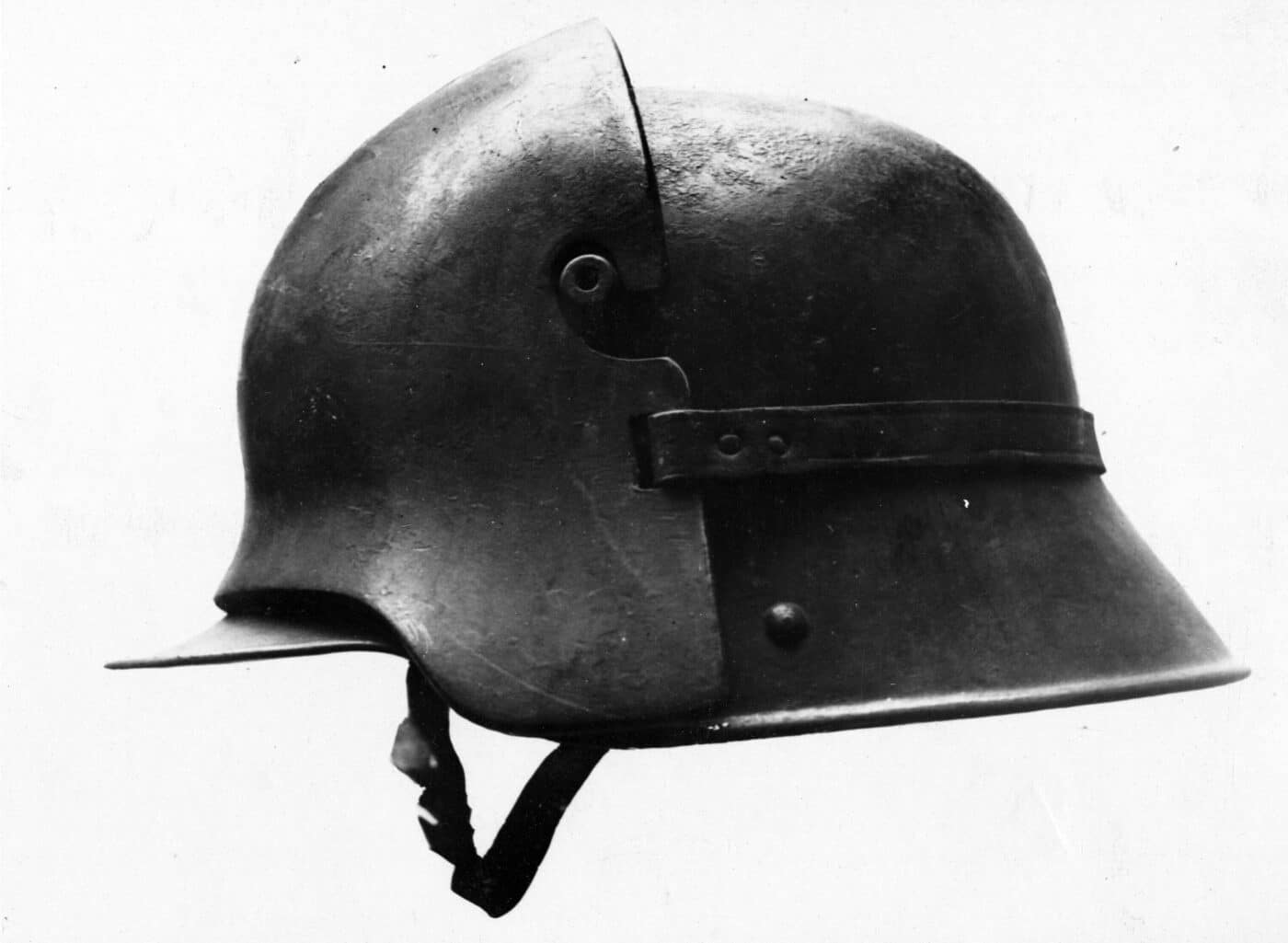
The WWI German helmet carrying the additional armor protection — usually worn by snipers and sentries. Image: NARA
For numerous reasons, he would rather take his chances of injury.
General Pershing, 1917.
Guy Otis Brewster developed his cumbersome Brewster Body Shield during 1917.
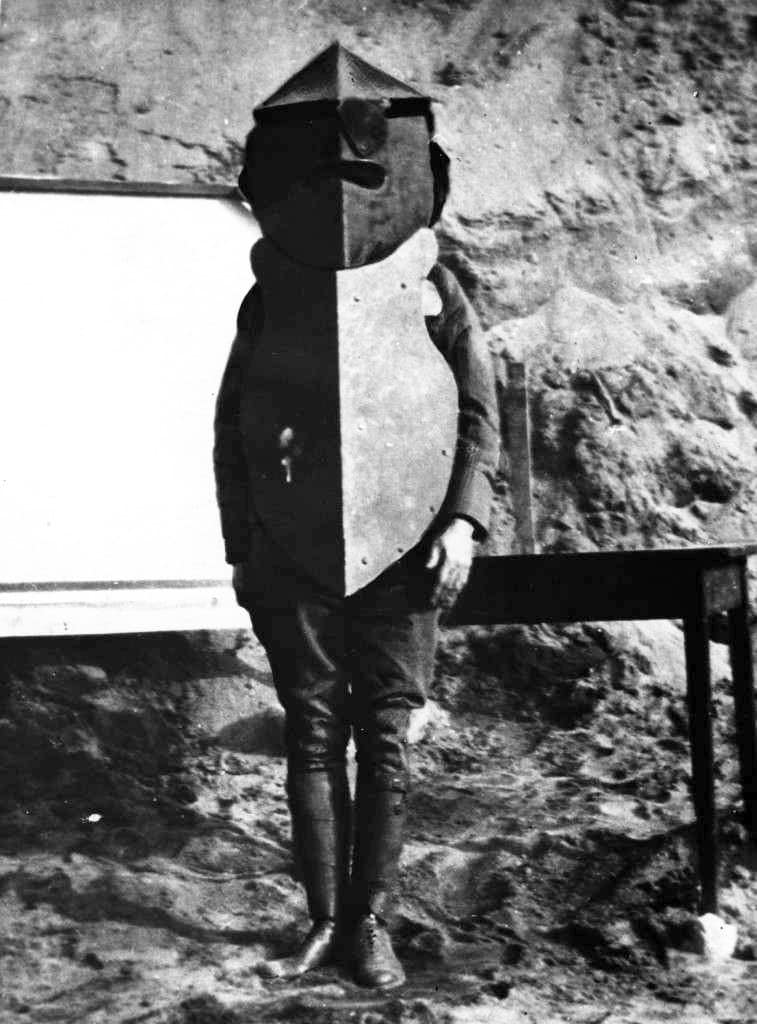
The American Brewster Body Shield circa 1917. Although it was unwieldy and impractical, it would stop high-powered rifle bullets. Image: Library of Congress
The Brewster armor gave the appearance of a Steampunk stormtrooper or an early concept of a spaceman.
However, its chrome and nickel steel plate could stop a British .303 bullet at relatively close range.
Regardless, the massive helmet and breastplate (weighing more than 40 pounds) were never adopted.
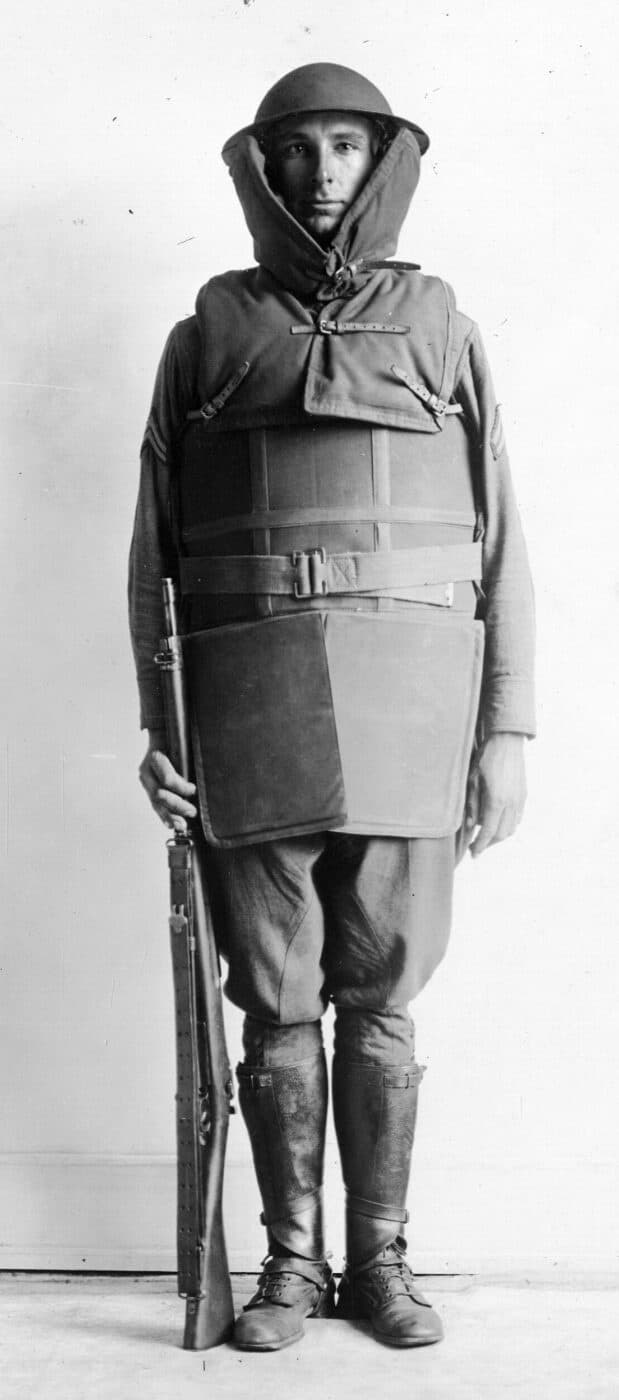
The British Dayfield Body Shield, which weighed about 18 pounds, is worn here by a U.S. soldier. It is similar in appearance to modern body armor worn by EOD teams. Image: NARA
Several examples of light armor were produced in the United States, particularly from the summer of 1918 onward.
Like the Allied Grand Offensive of 1919, the body armor wasnt needed.
The armor plate weighed 24 pounds and included an armored brow plate that connected to the German trench helmet.

Detail views of the Hale & Kilburn body armor — it weighed about 9 pounds and was proof against pistol ammunition. Image: NARA
German armor offered sure protection against shrapnel and uncertain defense against rifle and machine gun fire.
Necessity truly may be the mother of invention.

A U.S. soldier demonstrates the wear of Hale & Kilburn body armor. The armor is not believed to have ever made it into Europe before the war ended.
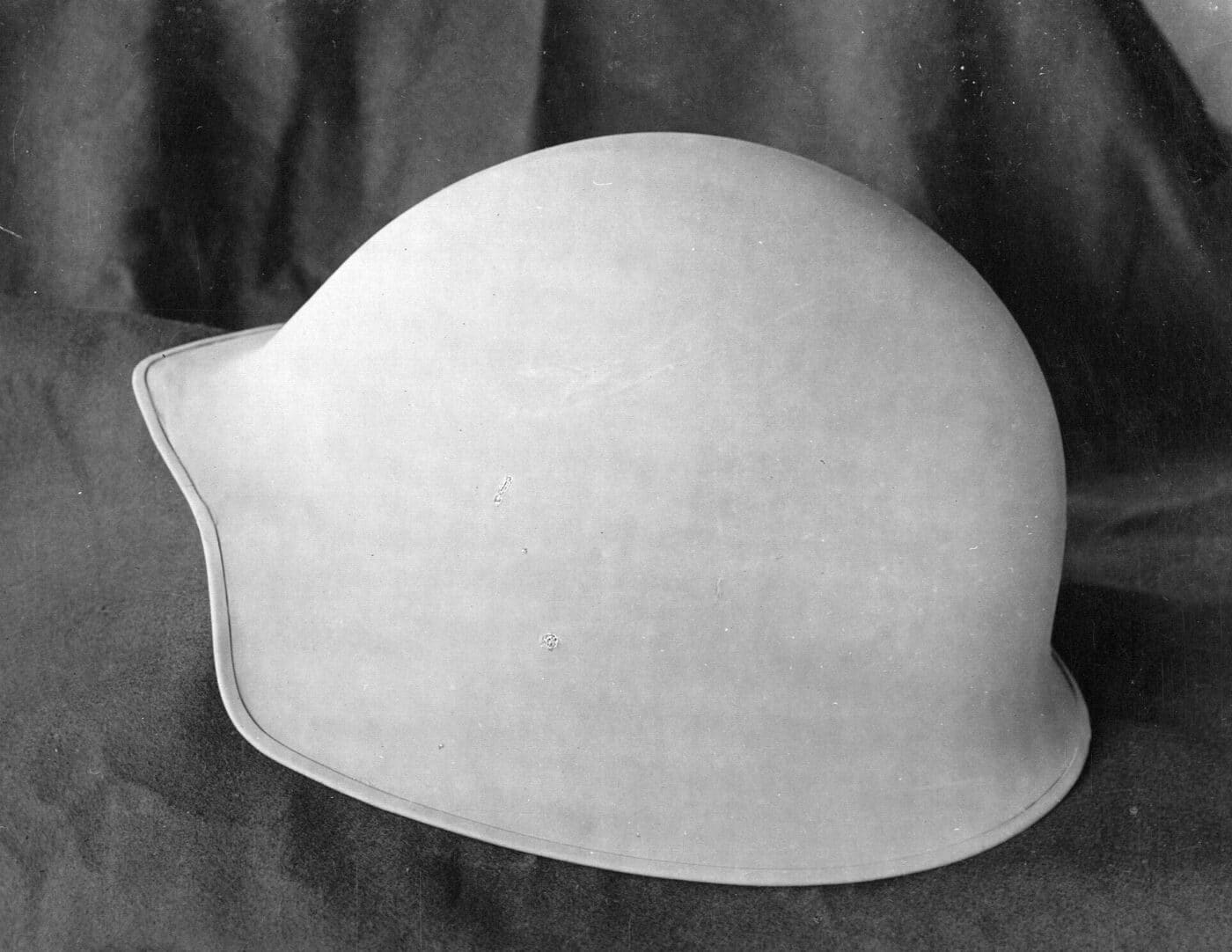
A few of the Hale & Kilburn trench helmets (Helmet No. 5) — shown above — made it to France for testing. Image: NARA
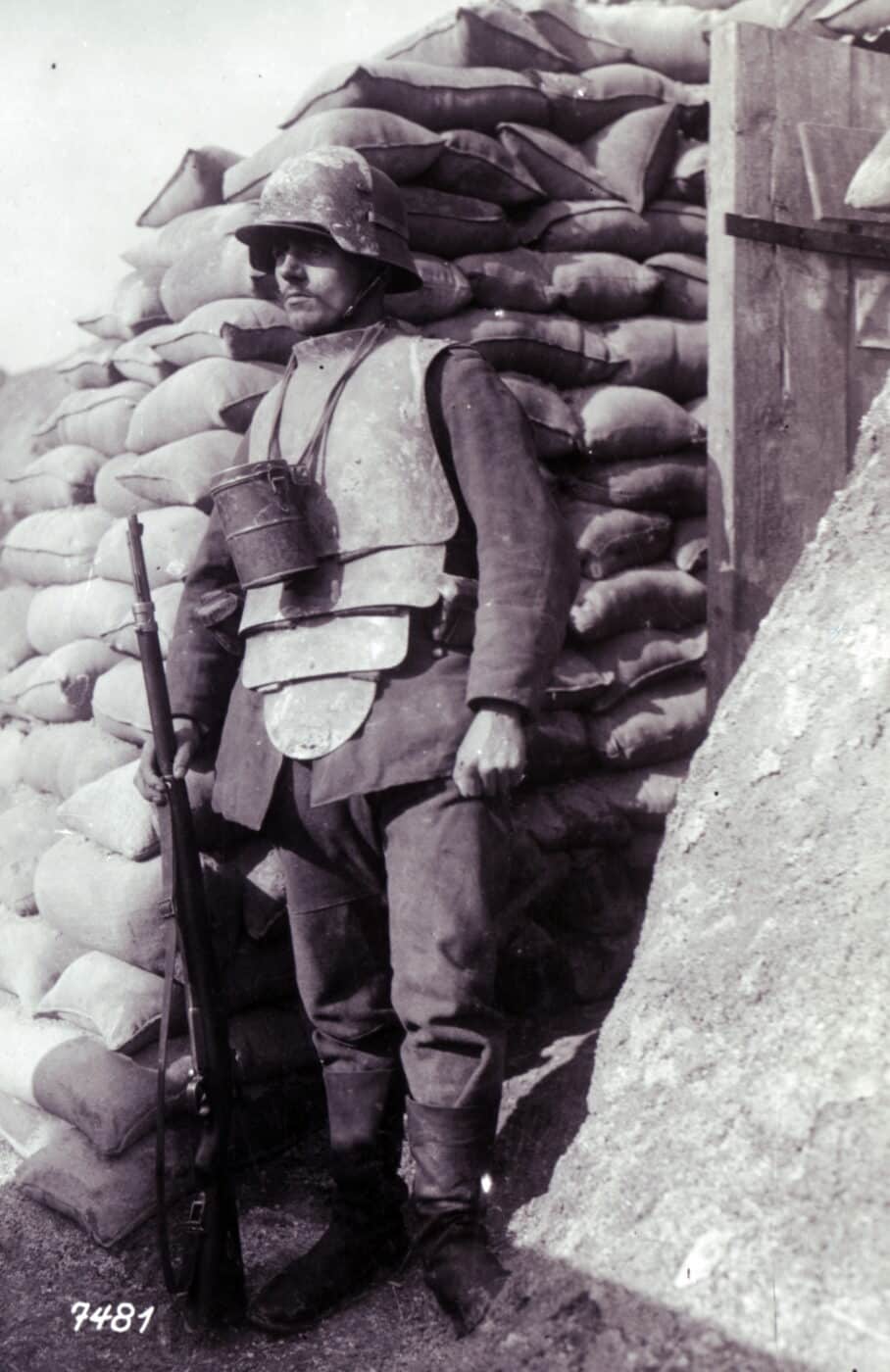
Shown above is a German sentry guarding a bunker attached to the trenches in 1918. He is protected by body armor and the additional plate on the front of his helmet. Image: NARA
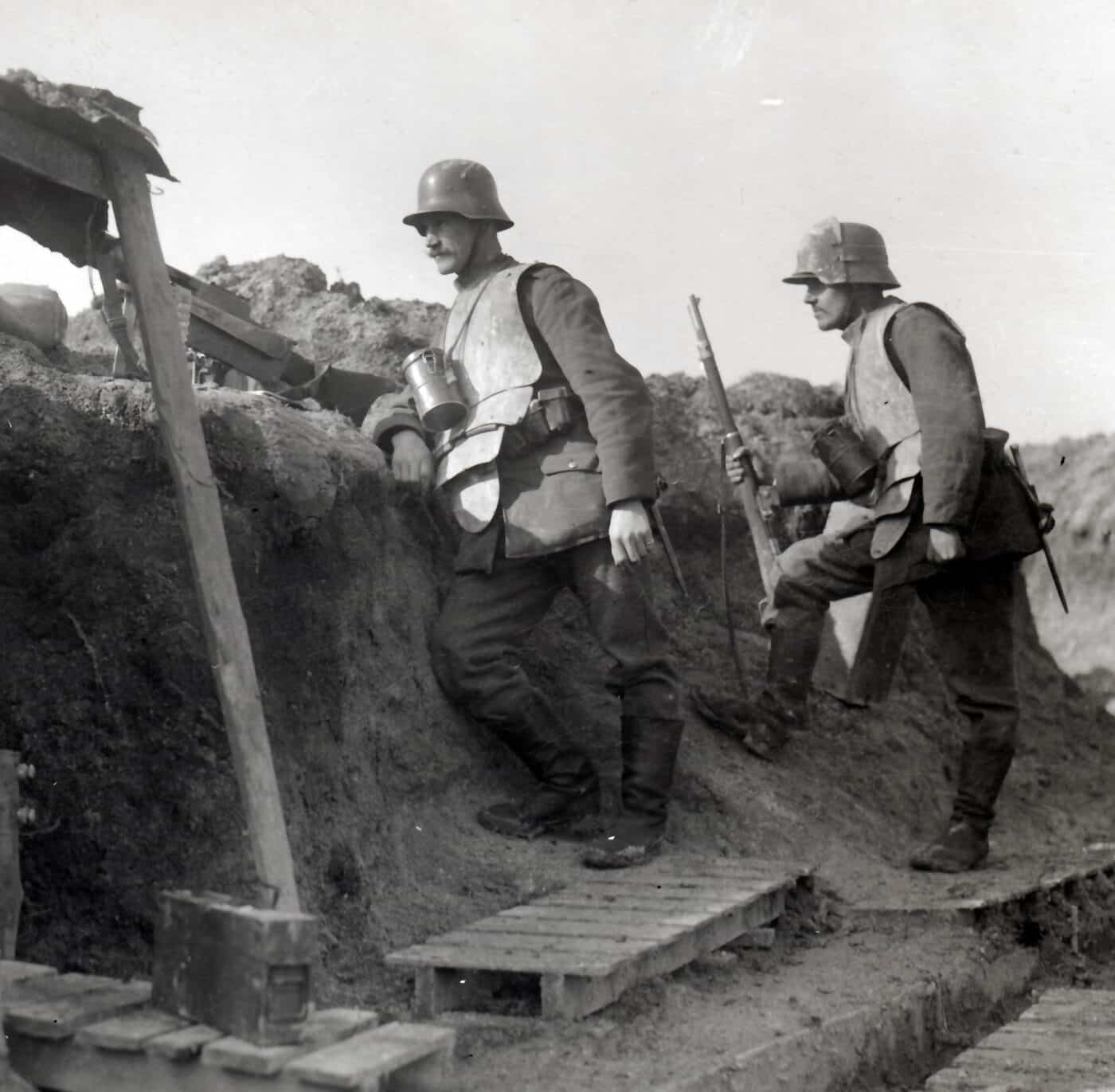
German sentries with body armor were seen during April 1918. The man in the foreground has an MG 08-15 LMG, and the rifleman in the background wears the additional plate on his “coal scuttle” helmet. Image: NARA
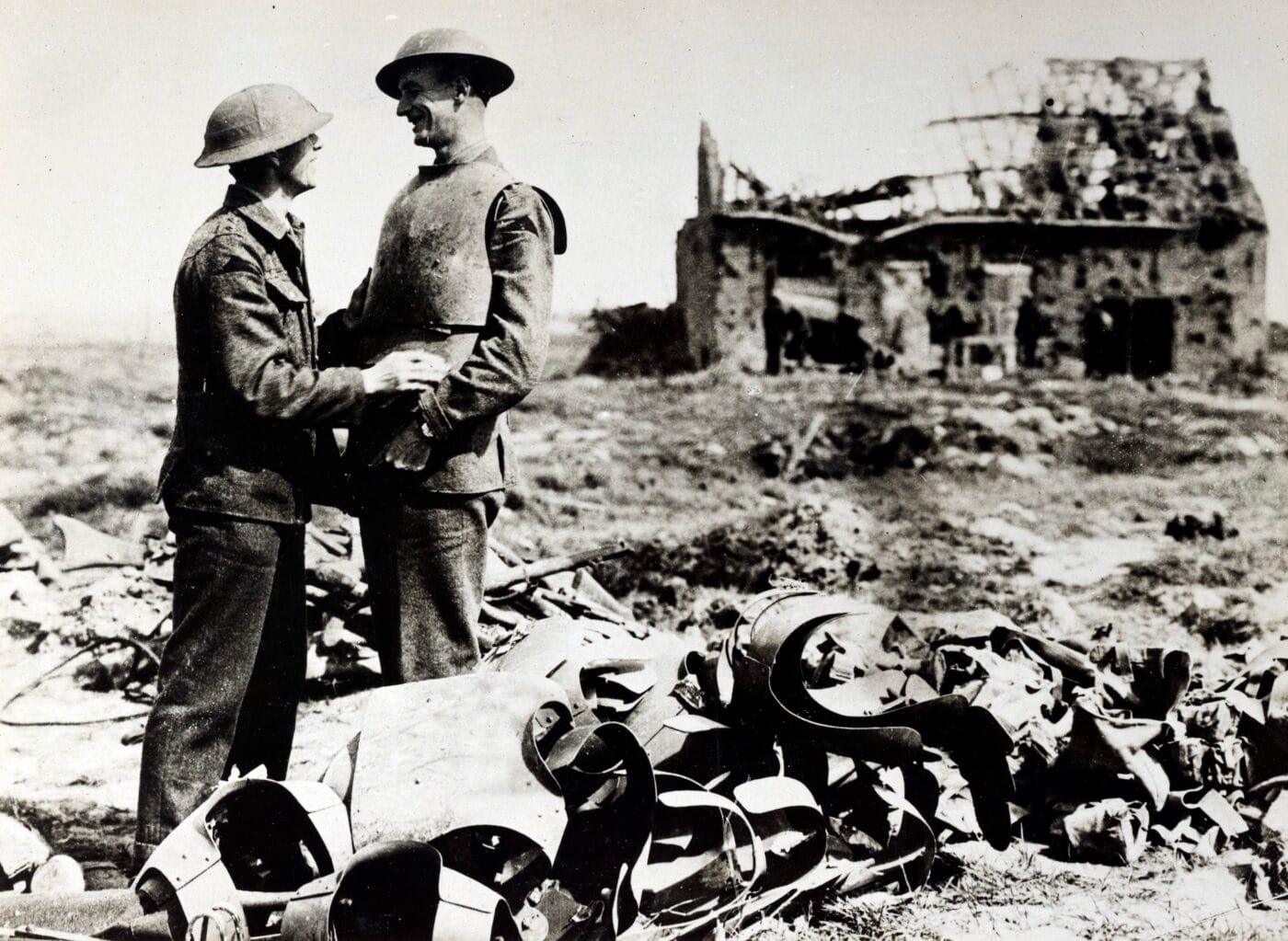
Allied troops enjoy a sizable haul of German body armor after a battle in 1918. Image: NARA

A U.S. Doughboy wears captured German body armor in his defensive position. A German “sniper shield” armor plate is at the top of the parapet and anM1915 Chauchat automatic rifleis seen at the right. Image: NARA
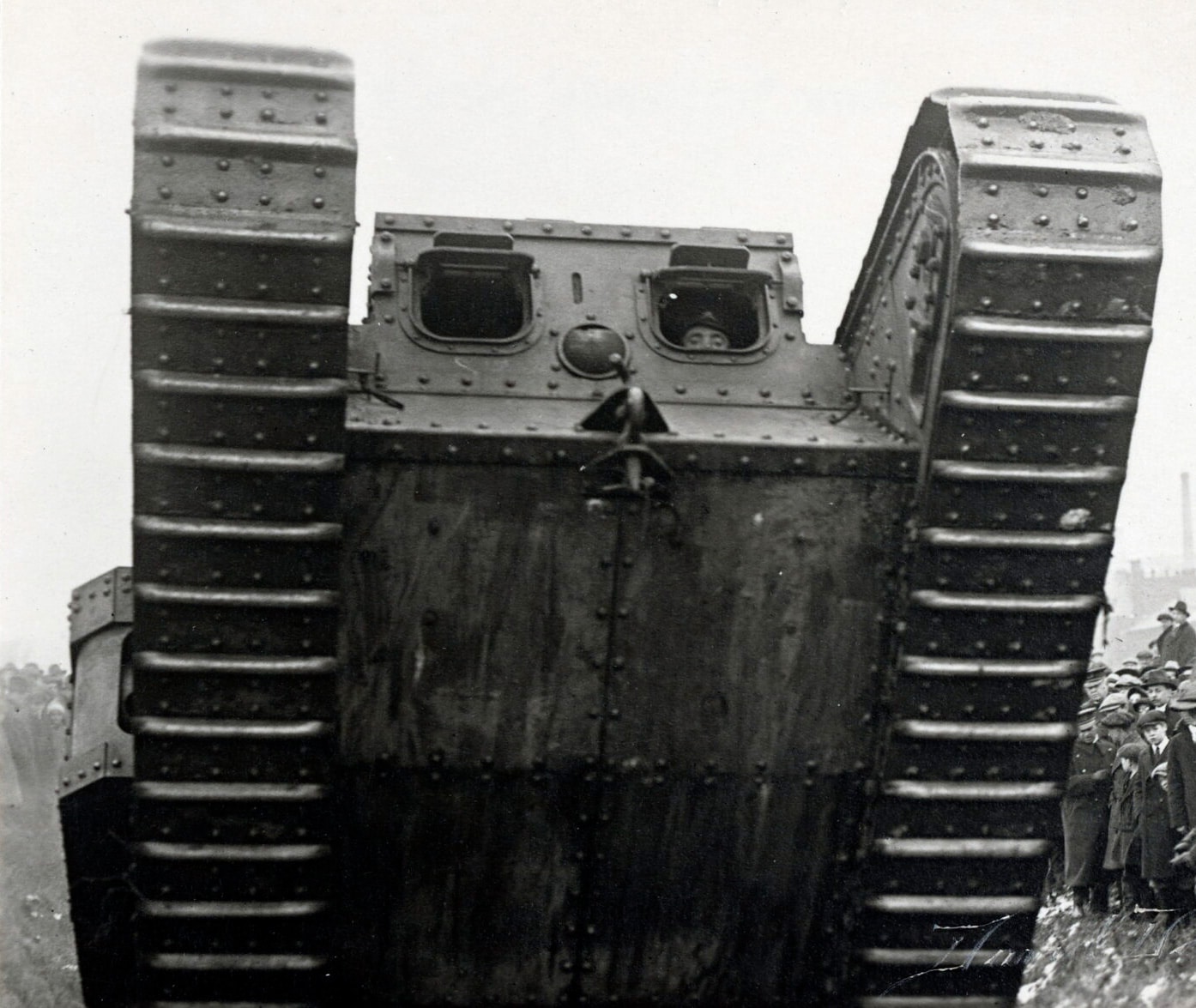
Ultimately, the armored vehicle, eventually known as the “tank”, would become the most useful armor available to the soldiers of WWI. Image: NARA




